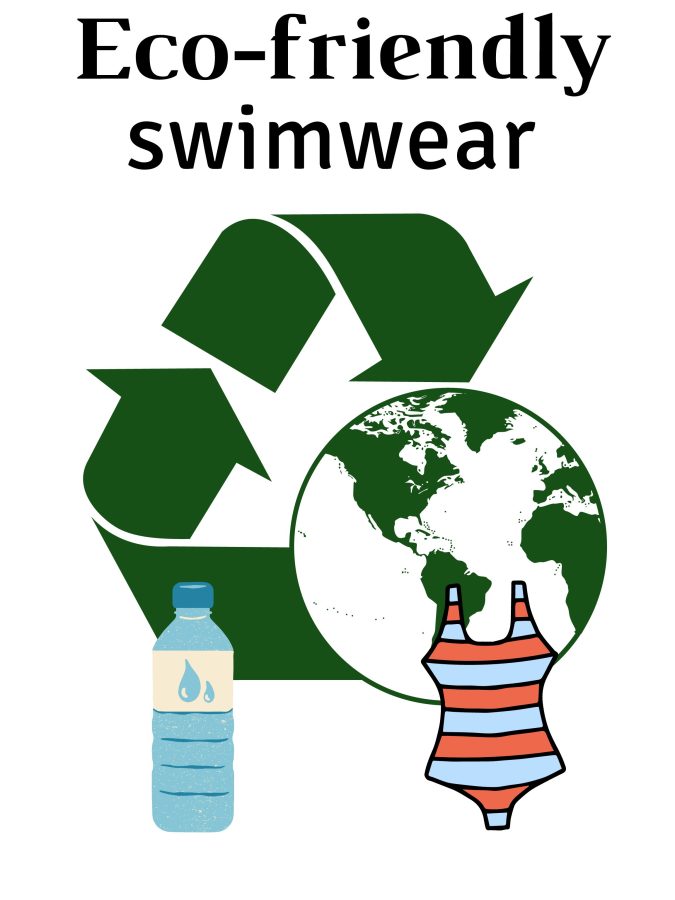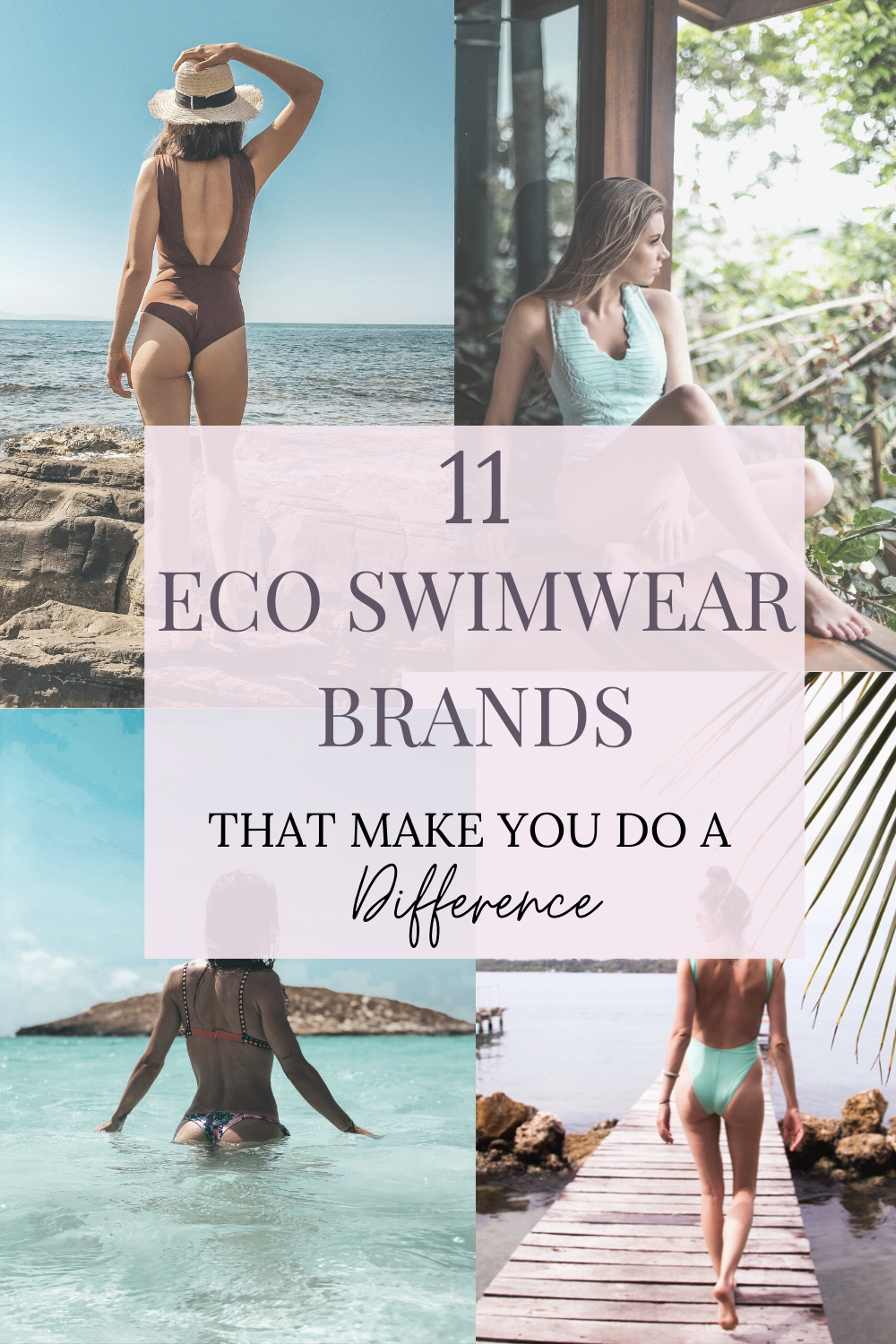Content Menu
● Introduction
● Sustainable Materials
>> Use of Recycled Fabrics
>> Organic and Biodegradable Fabrics
● Ethical Manufacturing Practices
>>> Fair Labor Practices
>> Local Production
● Eco-Friendly Production Processes
>> Water Conservation Techniques
>> Energy Efficiency
● Packaging and Distribution
>> Sustainable Packaging Solutions
>> Carbon Offset Initiatives
● Consumer Education and Engagement
>> Promoting Sustainable Choices
>> Community Involvement
● Conclusion
● Frequently Asked Questions
>> Q1: What makes Do Good Swimwear's materials eco-friendly?
>> Q2: How does the company reduce its water consumption?
>> Q3: What are the benefits of choosing sustainable swimwear?
>> Q4: How does Do Good Swimwear ensure ethical manufacturing?
>> Q5: What initiatives does Do Good Swimwear have for reducing packaging waste?
Introduction
In today's environmentally conscious world, the fashion industry is undergoing a significant transformation, with swimwear manufacturers leading the charge toward sustainability. Do Good Swimwear stands at the forefront of this revolution, demonstrating how fashion can coexist with environmental responsibility. The swimwear industry has traditionally been associated with synthetic materials and resource-intensive production processes, but innovative approaches and technologies are changing this narrative. This article explores how Do Good Swimwear exemplifies eco-friendly practices while maintaining high standards of quality and style.
Article: Best Practices for Do Good Swimwear Care

Sustainable Materials
Use of Recycled Fabrics
At the heart of Do Good Swimwear's eco-friendly approach is the innovative use of recycled materials. The company primarily utilizes ECONYL® and Repreve, two groundbreaking materials that represent the future of sustainable fashion. ECONYL® is regenerated nylon created from ocean waste, including discarded fishing nets and other industrial plastic waste. This process not only helps clean our oceans but also reduces the demand for virgin materials.
The use of Repreve fabric, made from 100% recycled ocean-bound plastic bottles, demonstrates the brand's commitment to environmental conservation. This innovative material not only performs excellently as swimwear but also significantly reduces greenhouse gas emissions and conserves water and energy during production.
Organic and Biodegradable Fabrics
Beyond recycled materials, Do Good Swimwear incorporates organic and biodegradable options into their production line. These materials reduce the reliance on harmful chemicals and promote soil health. The company's commitment to using eco-friendly fabrics extends to their entire product range, ensuring that every piece contributes to environmental sustainability.
Ethical Manufacturing Practices
Fair Labor Practices
Do Good Swimwear maintains stringent standards for worker welfare and safety throughout their supply chain. The company partners with factories that provide fair wages, safe working conditions, and appropriate benefits to their workers. This commitment to ethical manufacturing ensures that their eco-friendly products are produced under socially responsible conditions.
Local Production
By prioritizing local manufacturing where possible, Do Good Swimwear reduces its carbon footprint associated with transportation and supports local economies. This approach not only benefits the environment but also creates jobs and strengthens community ties.
Eco-Friendly Production Processes
Water Conservation Techniques
Water conservation is a crucial aspect of Do Good Swimwear's production process. The company implements advanced water recycling systems and efficient dyeing techniques that significantly reduce water consumption. These practices help preserve this vital resource while maintaining the high quality of their products.
Energy Efficiency
The company's commitment to sustainability extends to their energy usage. By incorporating renewable energy sources and implementing energy-efficient manufacturing processes, Do Good Swimwear minimizes its environmental impact while maintaining production efficiency.

Packaging and Distribution
Sustainable Packaging Solutions
Do Good Swimwear has revolutionized its packaging approach by using recyclable and biodegradable materials. This initiative significantly reduces plastic waste and demonstrates the company's holistic approach to sustainability.
Carbon Offset Initiatives
To address the environmental impact of shipping and distribution, the company participates in carbon offset programs. These initiatives help neutralize the carbon footprint of their operations while supporting environmental conservation projects globally.
Consumer Education and Engagement
Promoting Sustainable Choices
Do Good Swimwear actively educates consumers about the importance of sustainable fashion choices. Through transparent communication about their materials and processes, they help customers make informed decisions about their purchases.
Community Involvement
The company regularly engages with local communities through environmental initiatives and partnerships with conservation organizations. These efforts extend their impact beyond product manufacturing to create lasting positive change.
Conclusion
Do Good Swimwear exemplifies how fashion brands can successfully integrate sustainability into every aspect of their operations. From material selection to manufacturing processes, packaging, and community engagement, their comprehensive approach to eco-friendly production sets a new standard for the swimwear industry. As consumers become increasingly environmentally conscious, Do Good Swimwear's commitment to sustainability positions them as a leader in the future of fashion.
Frequently Asked Questions
Q1: What makes Do Good Swimwear's materials eco-friendly?
A: Do Good Swimwear uses recycled materials like ECONYL® and Repreve, made from ocean waste and recycled plastic bottles. These materials reduce ocean pollution and require less energy and water to produce compared to virgin materials.
Q2: How does the company reduce its water consumption?
A: The company implements water recycling systems, efficient dyeing techniques, and water-conscious manufacturing processes to minimize water usage throughout production.
Q3: What are the benefits of choosing sustainable swimwear?
A: Sustainable swimwear helps reduce ocean pollution, minimizes carbon emissions, supports ethical labor practices, and promotes a circular fashion economy while providing high-quality, durable products.
Q4: How does Do Good Swimwear ensure ethical manufacturing?
A: The company partners with factories that provide fair wages and safe working conditions, maintains transparent supply chains, and regularly audits their manufacturing facilities to ensure compliance with ethical standards.
Q5: What initiatives does Do Good Swimwear have for reducing packaging waste?
A: The company uses recyclable and biodegradable packaging materials, minimizes packaging size, and implements take-back programs for proper disposal and recycling of packaging materials.



































